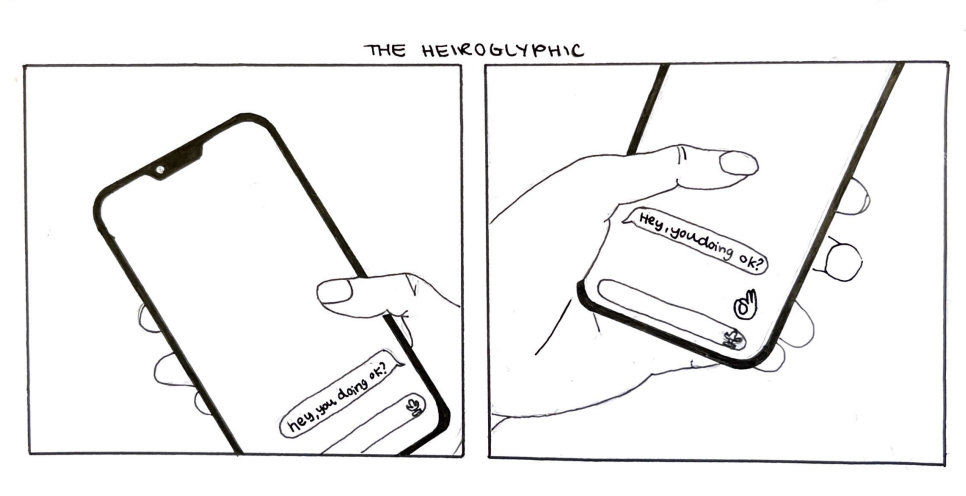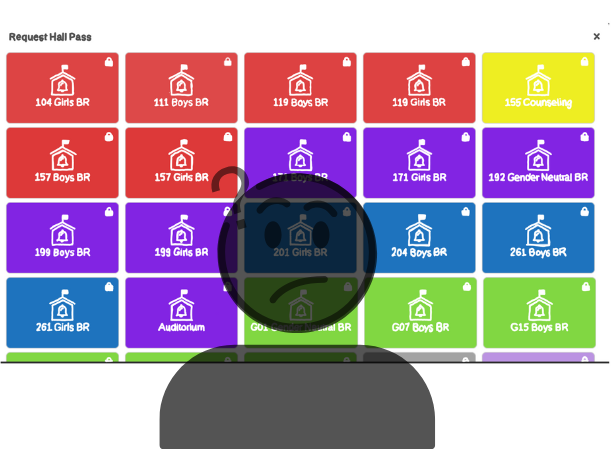In the age of instant messaging, social media and the constant need for quick replies, emojis have become a universal language of the digital world. You find them everywhere, from texts to Instagram captions to Twitter threads. With the tap of a button, we can express our current emotions from joy to frustration, love to sarcasm, without typing a single word.
Emojis have become so integrated in our online culture that it’s hard to imagine a world without them. Although they have certainly made communication faster and more colorful, I can’t help but question if they’re making us worse at expressing ourselves.
Think about it: how many times have you replied with a simple smiley face or thumbs up emoji to convey what you were thinking? It’s convenient without a doubt, but is it really enough to represent your feelings or ideas accurately?
Emojis are designed to be a quick stand-in for the emotions or reactions we usually express with our words. But the more we use them, the more I start to feel like we lose something essential: the depth and tone that words bring to our communication.
Reflect on how we really talk to each other in person. When we’re excited, we don’t just smile and throw a thumbs-up in the air. We tell stories, laugh, and give details about what exactly made us feel that way. We can even use nuanced body language to convey how we feel.
A single emoji can never capture that. It’s a flat, lifeless, unnatural symbol that lacks the complex layers that make human communication so valuable.
This isn’t meant to totally dismiss the role of emojis. Sometimes a well placed heart or smiley face adds personality and sincerity to a text. They can help with tone, something that is hard to convey in writing, and give us shortcuts for moments when a full sentence would be excessive. However, many of us are forgetting how to say things in full sentences and keep things in context; it has become normal to simplify what we say as much as possible because it’s easier to use a bunch of emojis than to take the time to actually think of a complete statement.
Next time you’re tempted to send an encrypted message with a string of emojis, ask yourself if it’s really enough to express what you’re feeling.









